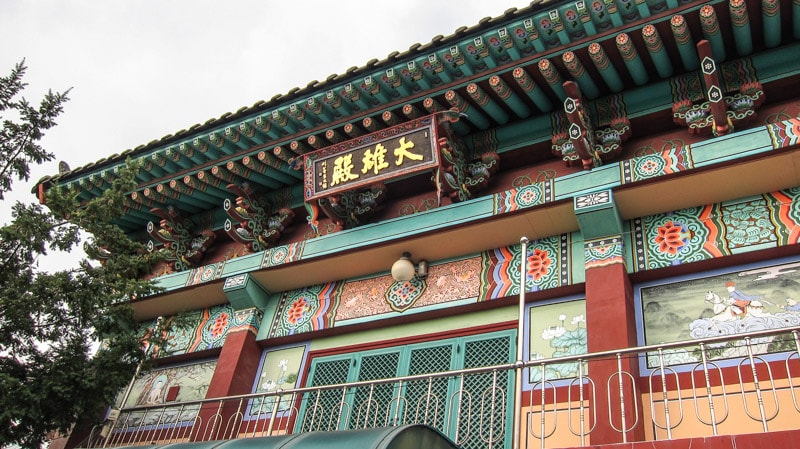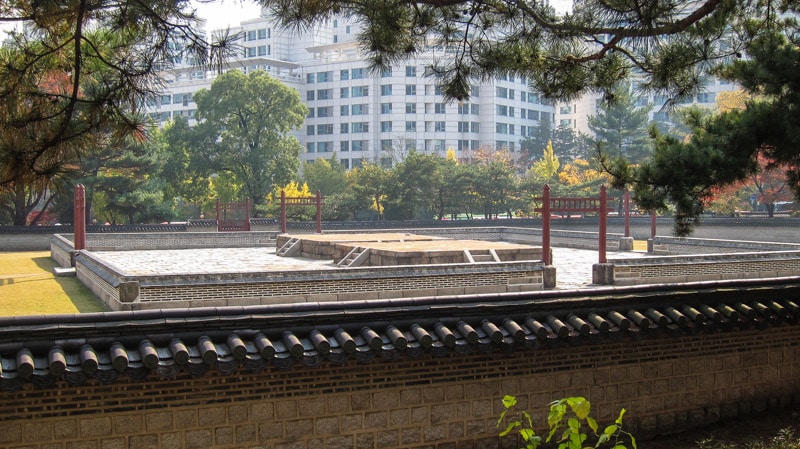
Sajik Park is a park located near the Central Government Complex on the hills of Mt. Inwang. Rites to the deities of earth and grains are performed here. It was here where sacrifices and ceremonies were performed in honor of the deities of the earth and the deities of the grains. These ceremonies and rituals were performed in hopes of a bountiful harvest and included prayers, sacrifices, music, and dance.
These sacrifices have been held at this location in the spring and autumn since the Goryeo dynasty (918–1392). In 1395, King Taejo had the Sajikdan altar built at this location west of Gyeongbokgung Palace. The sacrifices were performed at this altar.
In 1911, sacrifices here ended and most of the altar and other buildings were dismantled or destroyed by the Japanese during their occupation of Korea. Much of what once existed may be gone which is disappointing to most visitors, but the stone base of the alter, surrounding walls, and the main gate still remain. The Sajikdan main gate, which dates back to 1720, still exists today.
In 1922, the Japanese turned the area into a public park. Since then it has become one of the most popular parks in Jongno-gu along with Tapgol Park to the east near Insadong..
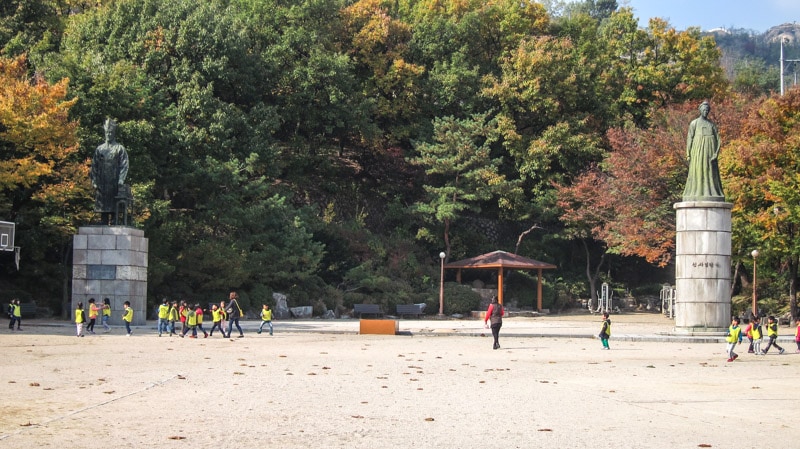
In 1988, the ritual was restarted. The ritual is now held once a year on October 3 which is National Foundation Day.
Today, visitors here can enjoy multiple playgrounds, a library, and statues of Sin Saimdang, Hwanghakjeong, and Yi I.
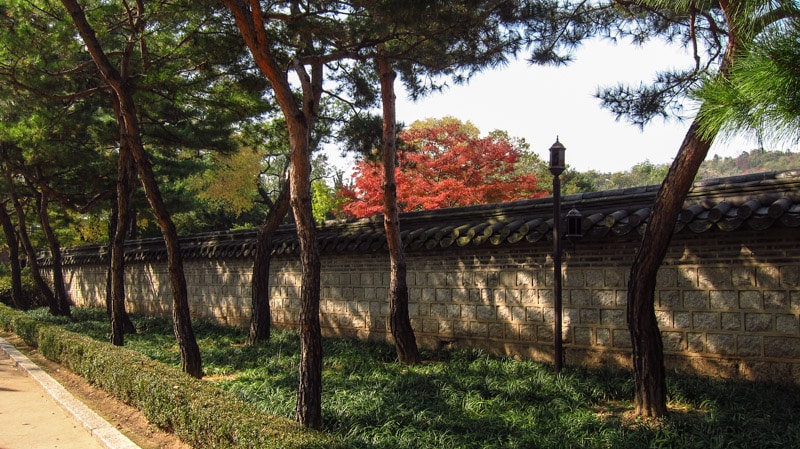
Sajik Park Information
Hours
24 hours
Admission
Free
How to Get Here
Take Subway Line 3 to Dongnimmun Station (Exit 3 or 4).After exiting, continue for 3 minutes to Sajik-ro Street and turn left. Continue for 10 minutes.
Map
Nearby Sights
Gyeonghuigung Palace
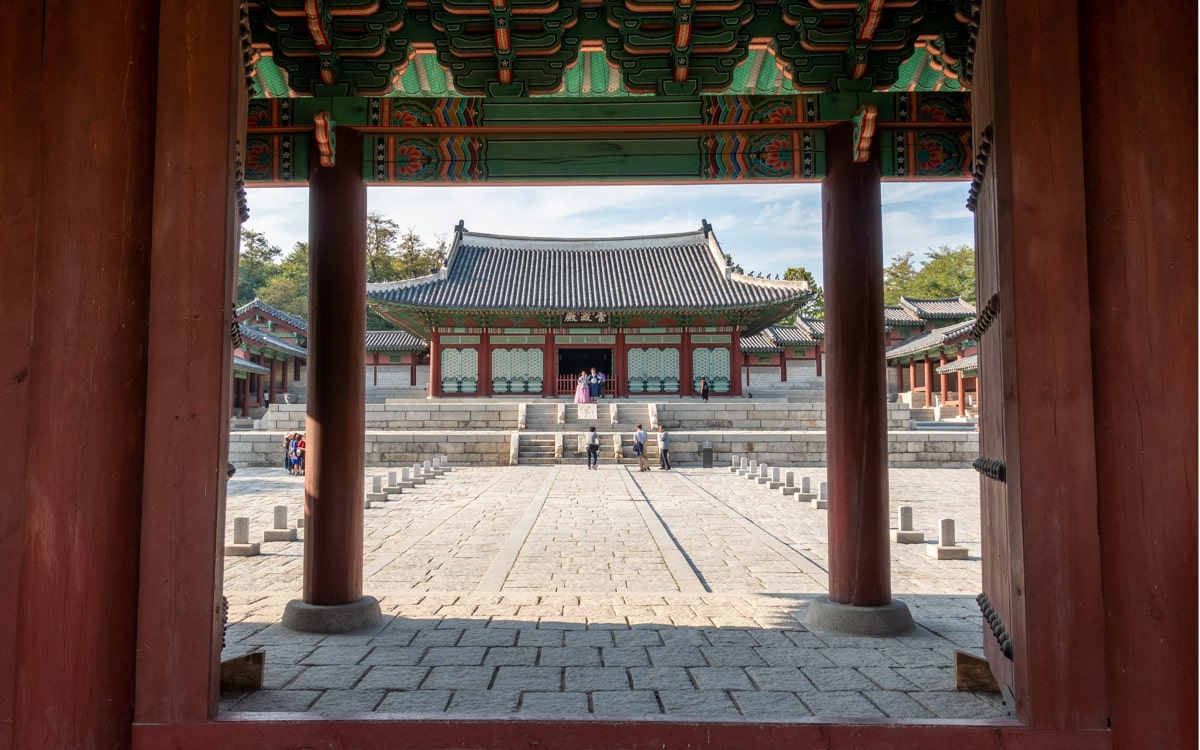
Gyeonghuigung Palace, one of five grand palaces built during the Joseon Dynasty, served as a secondary royal villa for the king during daily excursions. It was also used as a place of shelter during times of emergency. For over 200 years, ten kings resided at this location.
Seoul Museum of History
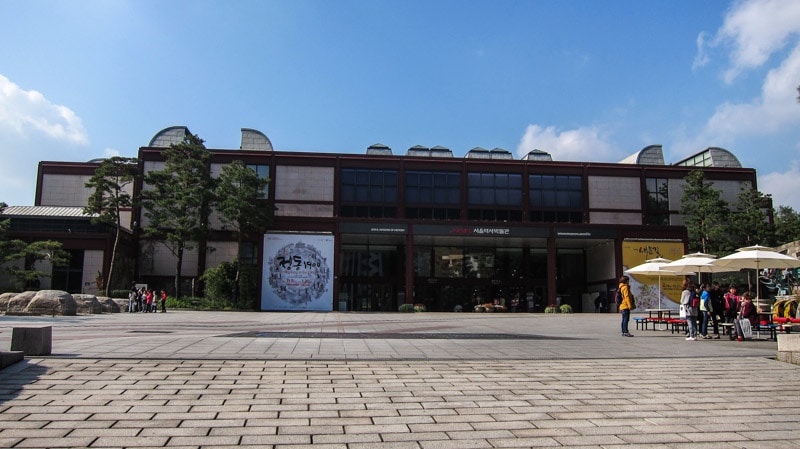
Opened in 1985, the Seoul Museum of History proudly preserves and showcases the history, tradition, and culture of this great country. The museum is located adjacent to Gyeonghuigung Palace. On May 5, 2002, the museum reopened after renovations to the thrill of the citizens of Korea.
National Palace Museum of Korea
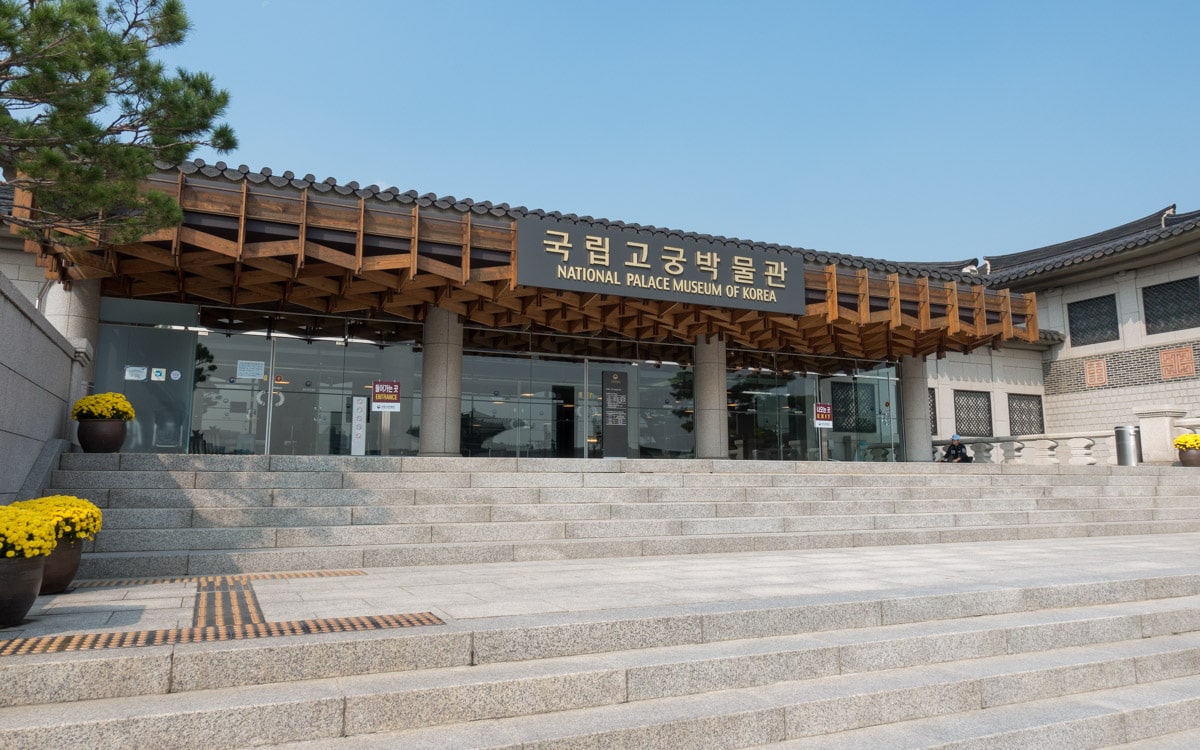
The National Palace Museum of Korea, located on the grounds of Gyeongbokgung Palace, houses a collection of over 900 relics and 40,000 artifacts from the royal court of Joseon Dynasty palaces including Gyeongbokgung, Changdeokgung, Changgyeonggung, and Jongmyo.
Tongin Market
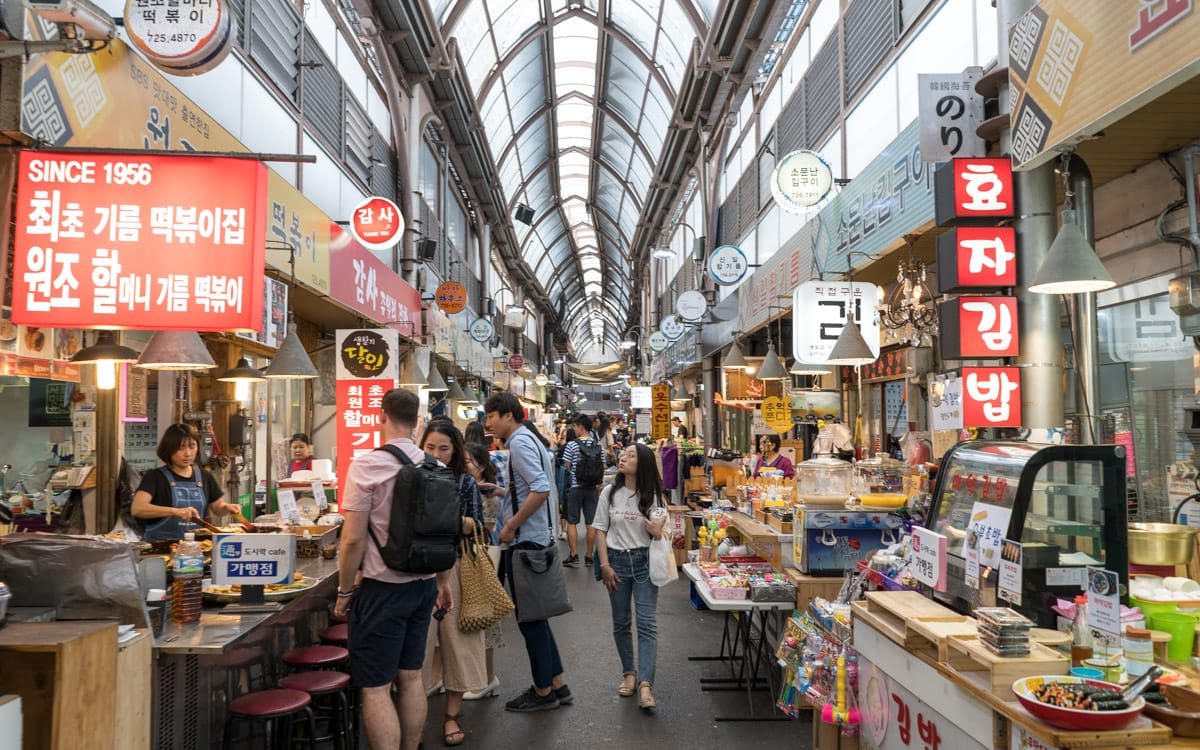
Tongin Market is a traditional market located west of Gyeongbokgung Palace and Seochon Village. The compact market features about 80 different shops along a 200 meter covered alleyway. In addition to restaurants and banchan shops, the market also features Korean street food stalls along with vendors selling a range of fresh produce such as vegetables, fruits, fish, and meat.
Dongnimmun Gate (Independence Gate)
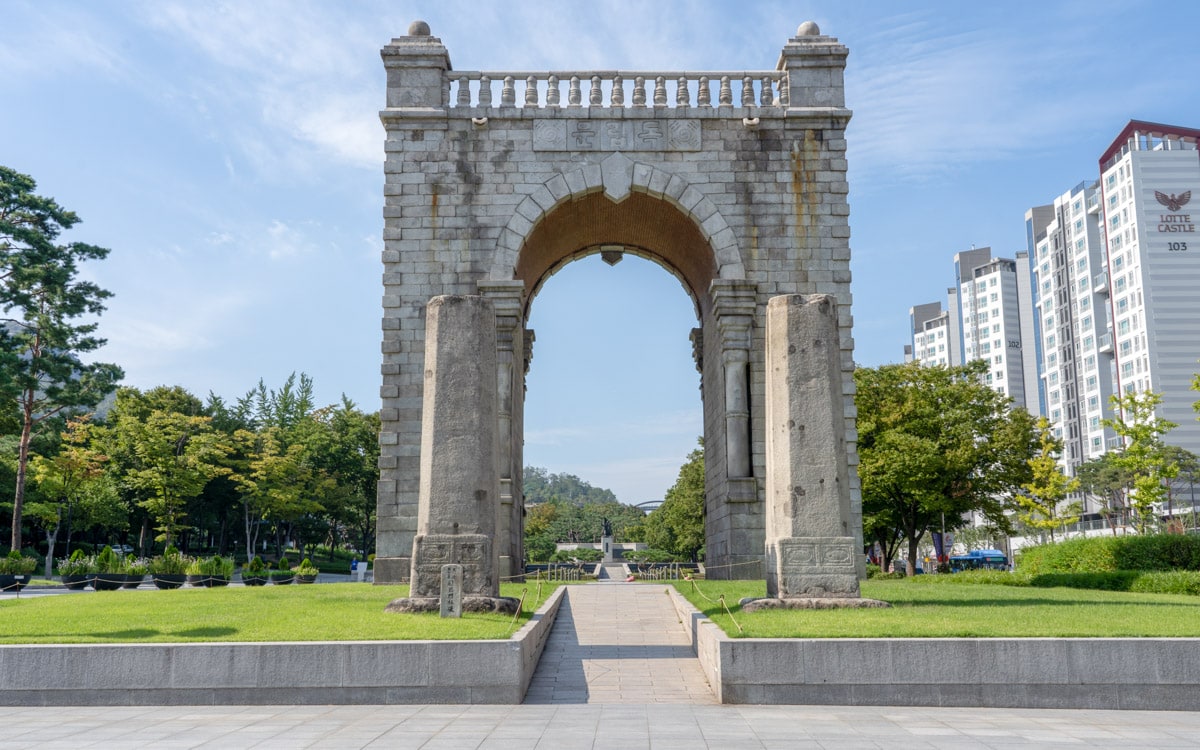
Dongnimmun Gate (Independence Gate) is a memorial built to honor the Korean people and their fight for national independence over foreign intervention. The gate is located in the southeastern corner of Seodaemun Independence Park near Seodaemun Prison History Hall.
Additional Resources
Viator by TripAdvisor
Viator is a popular online platform that helps travelers book tours, activities, and unique experiences worldwide, including in Seoul. It connects users with a wide selection of options – from sightseeing tours to cultural events and outdoor adventures – all offered by local providers.
Book Recommendations
For an immersive guide to Seoul, many travelers choose to bring a book along. Fodor's Seoul, for example, offers detailed recommendations on sights, restaurants, maps, and travel tips.
Learn more about book recommendations
Rakuten
Save money while exploring Seoul with Rakuten's cashback program. Book your hotels or other services through Rakuten and enjoy cashback rewards and exclusive deals.
If you sign up using the link below, you could earn $30 cashback on your first purchase over $30.
Klook
Klook offers discounted tickets and reservations for various attractions and services in Seoul, from theme parks and museums to tours and transportation options.
If you sign up using the link below, you will get $5 off your first order.
Last Updated on Oct 21, 2023
